My answer is, If you have changed the directory of avds, you should set ANDROID_SDK_HOME environment variable to the parent directory of .android.
Here is the detail:
It seems like when you run "emulator -list-avds" in cmd, the result is empty. (be sure to first add "ANDROID_HOME" with value of your sdk directory to your user environment variable, and "%ANDROID_HOME%\emulator" in the Path too.)
After checking the official documents:
https://developer.android.com/studio/run/emulator-commandline#starting
It said:
"$ emulator -list-avds
When you use this option, it displays a list of AVD names from your Android home directory. Note that you can override the default home directory by setting the ANDROID_SDK_HOME environment variable: the root of the user-specific directory where all configuration and AVD content is stored. You could set the environment variable in the terminal window before launching a virtual device, or you could set it through your user settings in the operating system."
and in another page:
https://developer.android.com/studio/command-line/variables#envar
it said:
"Some older tools, such as Android Studio 4.3 and below, do not read ANDROID_USER_HOME. To override the user preferences location for those older tools set ANDROID_SDK_HOME to the parent directory you would like the .android directory to be created under."
So I guess the reason is "npx react-native run-android" will invoke "emulator -list-avds" to find the emulator. And "emulator" is really an older tools, so ANDROID_SDK_HOME environment variable is necessay.
And if all goes well, you really don't need to run android studio before run "npx reactive-native run-android".





